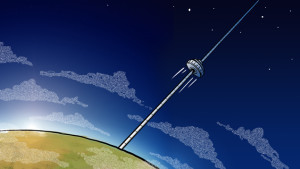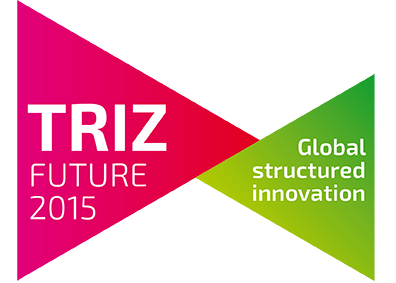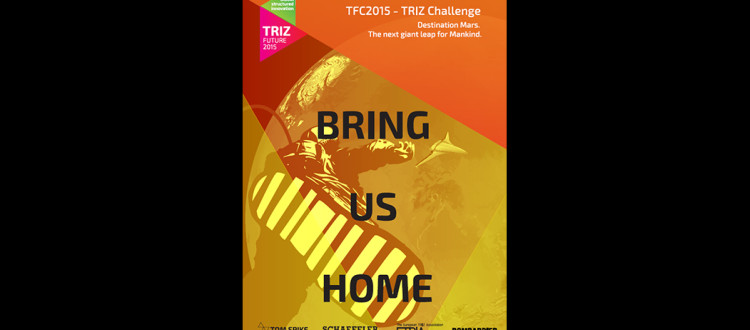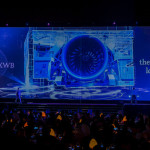Mission to Mars – A TRIZ Challenge
During the TRIZ Future Conference which took place October 2015 in Berlin,Tom Spike offered a unique TRIZ challenge to a number of interested participants. The main idea of the challenge was create solution concepts for critical problems around future mars missions by using TRIZ methods.
The Challenge
Goal was to explore how a mars explorer crew could descent to the planet’s surface and return to the orbiting spacecraft, all without burdening the mission with extra fuel. Concepts needed to be based on today’s available technologies.
Twelve teams lined-up, composed out of scientists, professors and engineers to solve the challenge and 3 teams were selected with the most promising concept.
The Results
Amongst the finalists of the challenge was a concept to use frozen CO2 on Mars or CO2 Geysirs at the poles to power a shuttle and to lift it into orbit.
Another concept was named the „3 in 1 Mission“. Its main idea is based on sending 3 separate space shuttles thus reducing the need of integrating cargo and life support systems in one complex system.
Finally, the winning team’s concept was build using the TRIZ “miniature men”-method (Miniature men are used to model the problem with small people and than tell them what they need to do to solve the problem) and a space elevator approach which intends to use a rope to bridge surface and orbiting spacecraft. Existing Mars resources (CO2 and CH4) could be used as propellant to get the spacecraft back into orbit.

Source: http://gizmodo.com/the-quest-to-build-an-elevator-to-space-1638192427
The Conclusion
The challenge has shown that newly formed and diverse teams without specific education in aerospace or aviation are able to create interesting concepts in very short time by using TRIZ tools. From another perspective, the challenge provided an excellent platform for conference participants to get to know each other, to foster team work and to engage in collaborative problem solving.
Thank you very much to all participants and contributors.









